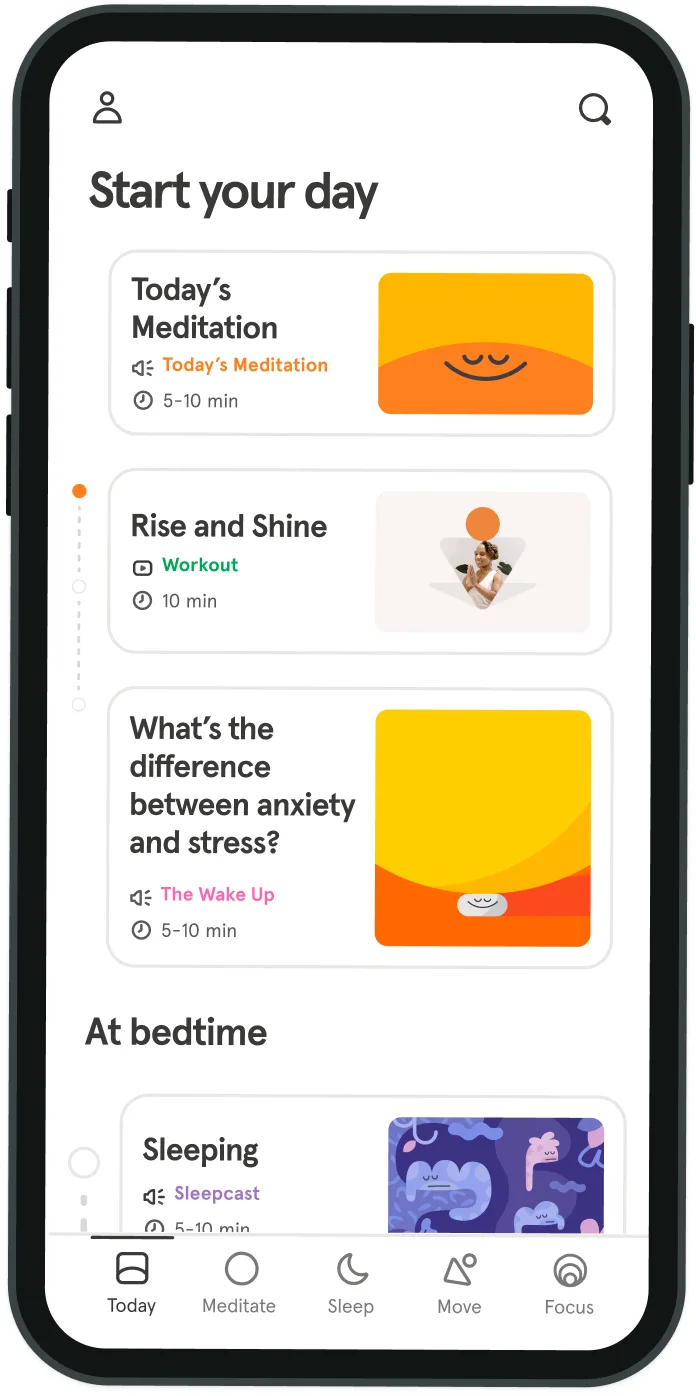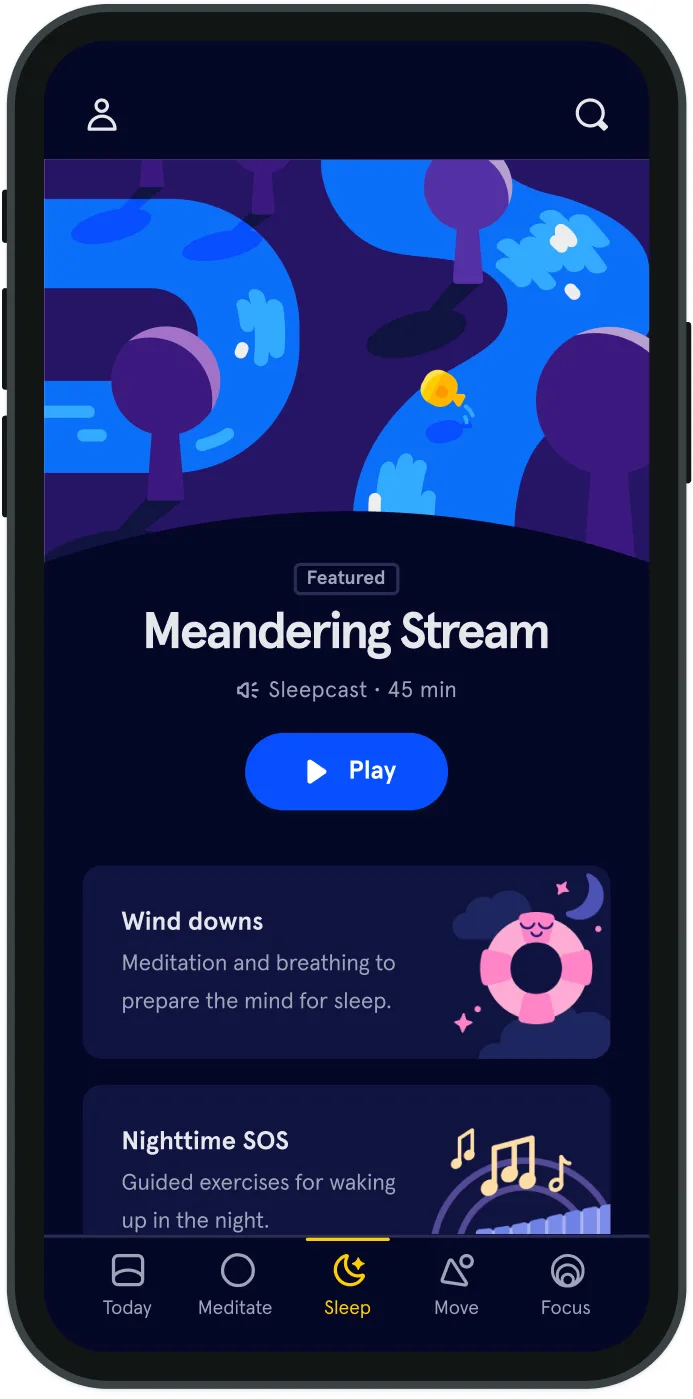What to do when the grandparents live far away
My daughter was just hours old when she had her first video call. While she squirmed and blinked in a hospital bassinet near Boston, her grandparents in Brisbane, Australia looked on, delighted.
In my postpartum haze, I wept for what was missing. My in-laws weren’t able to scoop up their first grandchild and feel her peach fuzz hair. They couldn’t cuddle close and breath in that glorious new-baby smell, or place their fingers in her palm for her tiny hands to grasp reflexively. But they were delighted nonetheless. With grandparents on three continents, my daughter (now a 2-year-old) uses video chat almost every day. When I was pregnant, and when my daughter was a newborn, I mourned for the relationships between her and her grandparents, relationships I felt would be restricted by their physical distance. While we had plans to visit regularly, my daughter would never be able to just drop in on her grandparents or beg for a last-minute sleepover. I was heartbroken on her behalf. But as my daughter grew, she began requesting more video chats on her own, and I realized I shouldn’t judge the quality and authenticity of her relationships. “I show papa?” she would ask when she got a new toy. If I didn’t respond quick enough she would bring my phone and wait for me to pull up the man who lives behind the screen.
Soon, breakfasts were spent talking to my mom and stepdad in Dubai, while dinners were used to chat with my husband’s parents in Australia. At first, I recoiled at the thought of bringing a phone or tablet to the dinner table. However, as my daughter was able to express herself more, I realized that this technology allowed her to build meaningful relationships with her grandparents across the globe. Instead of projecting my own sense of loss onto these relationships, I had to change my mindset and see them for what they represented to my daughter: a very real and important connection. While I was surprised at the huge effect video chatting has had on our family, and how instrumental it has become to us in just two years, others were not. Morgan G. Ames, Ph.D., is a researcher at the University of California, Irvine, who has studied the role that technology plays in relationships. “Things like video chat can actually benefit kids socially,” Ames told me. In her paper, “Making Love In The Network Closet: The Benefits and Work of Family Video Chat,” Ames studied families who use video chat to stay in touch with grandparents. Ames found that video calling was the best way to build a meaningful relationship between children and grandparents who could not be together in person. “Children, parents, and grandparents used the video capability for visual play, jokes that aren’t possible with voice only, and other medium-specific uses,” she wrote. Based on her research (and her experience as a parent who often video chats), Ames had three suggestions for engaging children in meaningful interactions over video chat:
-
Ask specific questions. “Go beyond the ‘how was your day’ to ‘tell me about that shirt you're wearing! I like the spaceship on it.’” Questions about items in the frame of the video chat like clothing, art projects, or background objects are good starting points.
-
Play games. Pretend to kiss the phone, or pretend to squish an object in the background between your fingers. Play peekaboo. Kids love to get silly, and this will hold their attention.
-
Read. If you’re up for a bit more technology, there are apps that let both sides of a video chat see the pages of an e-book. Of course, an old-fashioned book also works well!
All three of these suggestions have worked well for my daughter, who likes to play peek-a-boo or hide on her grandparents while the adults have a more serious conversation in the background. The entertainment and group aspects of video chat allow a scene to unfold more naturally than it does on a phone call. Instead of two people in a continuous conversation, video chats provide room for group dynamics and non-verbal communication that are much closer to how we naturally communicate. “I think when you’re able to see who you’re talking to it’s almost like being there with them,” said one grandparent in the study. Now an active toddler, my daughter will often take the phone into another room to show her grandparents something, or push it around in her doll stroller. “I take Mimi for a walk,” she tells me, pointing to my mother’s image on the screen. I’ve learned to just let my daughter and her grandparents be present with each other, as much as a family can when you’re located in different hemispheres. However, as with all social media and technology, the temptation to tightly control the image we put out is hard to avoid—I always want my daughter to tell her grandparents about her day, or sing her newest song. If she refuses, I remind myself that it would be the same if we were all sitting together in their home. Ames says not pressuring a child to perform is an important part of building an authentic relationship. I still get sad that my daughter can’t pop in on her grandparents, or invite them to her birthday, but, I no longer worry about them not having a strong relationship. I know from the way my daughter speaks about her grandparents, plays with them, and requests their company, that this technology has enabled her to have a loving relationship that wouldn’t otherwise exist in her day-to-day life. Along the way, I have had to remind myself to be present and mindful in these interactions. I’ve had to let go of my expectations of what a relationship between child and grandparent should be, or how a particular call should go. By stepping aside and watching these relationships unfold naturally, I’ve been witness to something beautiful, something that I’ve learned to appreciate as is, rather than wishing for how it might be.

I’ve had to let go of my expectations of what a relationship between child and grandparent should be.
Kelly Burch


Be kind to your mind
- Access the full library of 500+ meditations on everything from stress, to resilience, to compassion
- Put your mind to bed with sleep sounds, music, and wind-down exercises
- Make mindfulness a part of your daily routine with tension-releasing workouts, relaxing yoga, Focus music playlists, and more
Meditation and mindfulness for any mind, any mood, any goal

Stay in the loop
Be the first to get updates on our latest content, special offers, and new features.
By signing up, you’re agreeing to receive marketing emails from Headspace. You can unsubscribe at any time. For more details, check out our Privacy Policy.
- © 2025 Headspace Inc.
- Terms & conditions
- Privacy policy
- Consumer Health Data
- Your privacy choices
- CA Privacy Notice
